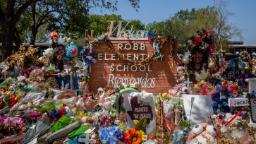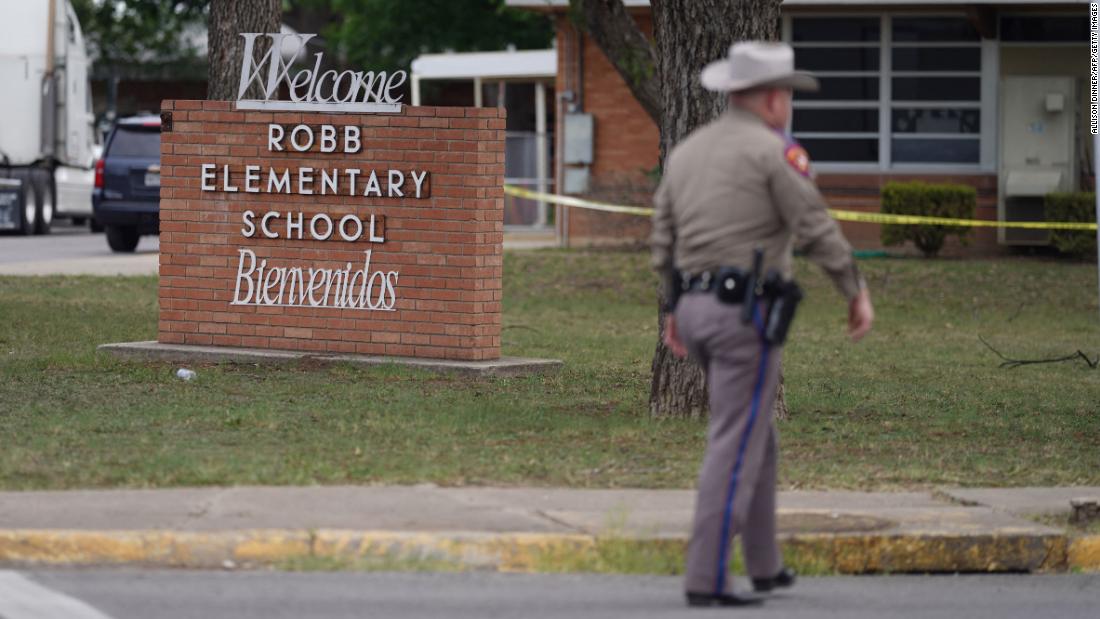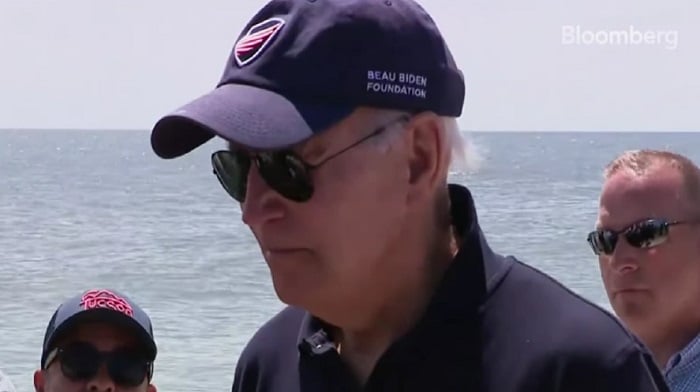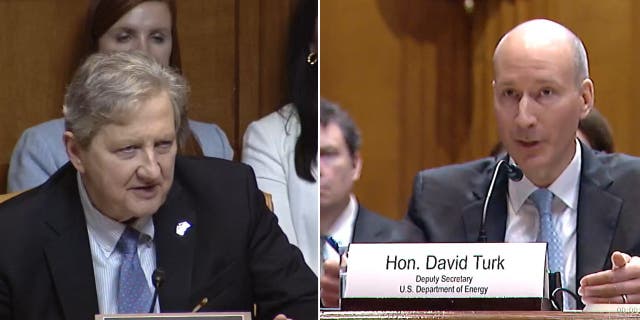
Col. Steven McCraw, the head of the Texas Department of Public Safety, today invoked how the 1999 Columbine shooting changed the way law enforcement responds to active shooter situations.
During the Texas House Committee hearing on the Uvalde school massacre, McCraw said:
“There’s compelling evidence that the law enforcement response to the attack at Robb Elementary was an abject failure and antithetical to everything we’ve learned over the last two decades since the Columbine massacre.”
In 2018, James Gagliano, a retired member of the FBI’s elite hostage rescue team, explained to CNN what exactly the response entails.
“You’re going to the sound of the guns,” Gagliano said. “The number one goal is to interdict the shooter or shooters. In the old days, you took land. You went in. You clear the room. Then you slowly and methodically move to clear the next room. In this instance … get to the shooter as quickly as possible and that’s what they clearly did here.”
An exhaustive FBI review of the police response at Columbine led to a more rapid response strategy during active shooter situations, according to Gagliano.
Before the Colorado shooting, responding officers would set up a secure perimeter around the crime scene before even thinking about moving on the suspect.
“Nowadays, what we do is go to the sound of the guns,” Gagliano said. “You get one, two, three, four people together. We’re trained. We use particular formations.”
The police response in Uvalde has been criticized, with responding officers not stopping a gunman until 77 minutes after he entered Robb Elementary School and killed 19 children and two teachers.


























































